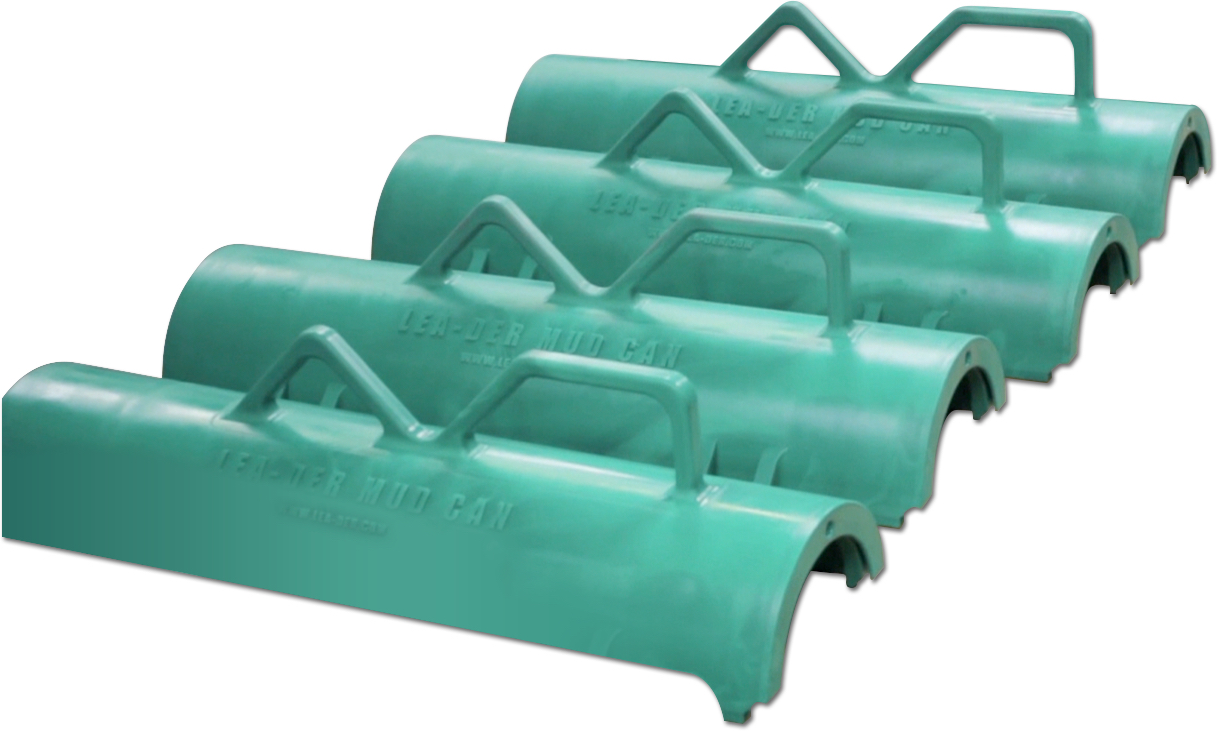“Reaction Injection Molding “RIM” is a Thermoset process where low-viscosity liquid polymers and isocyanates are mixed at high-pressure (2000 psi) and injected into temperature-controlled molds at low-pressure (150 psi). An exothermic reaction occurs as the temperature of the liquids reaches 350 degrees Fahrenheit before cooling to become a solid polyurethane part.”
When Should You Use RIM Molding?
RIM Molding is good for low volume and large, lightweight parts. The RIM process may be a better solution in certain situations because of the chemistries offered, or because of the low temperatures and low pressures used in RIM versus other injection molding processes.
RIM Molding for Over-Molding
RIM Molding uses lower temperatures and lower pressures, which make it the most effective process for over-molding production parts. Over-molding materials like sheet metal, steel, and other substrates allow the combining of multiple parts into a single part. RIM Molding is also perfect for over-molding sensitive materials, like circuitry or valves, that would otherwise be destroyed by the high operating temperatures and pressures of injection molding.
RIM Molding for Varying Thickness
The RIM Molding process provides greater design flexibility because it allows varying wall thickness within the same part and without sink or deformities. Wall thickness throughout an injection molded part must be uniform, otherwise, the part will deform as it cools.
RIM Molding for Various Sizes
Injection molded parts are typically small in size. To produce one large part generally requires producing several smaller parts and then assembling to create the larger part. Tooling costs will be significantly higher than building one large RIM tool. And the single RIM molded part eliminates assembly costs associated with combining the smaller injection molded parts into one larger part.
Reaction Injection Molding for Colors
Large RIM molded parts can be molded in color, which is cosmetically appealing, and can be shipped to the customers immediately upon demolding with some minor trimming of flashing – or excess material. Whereas large injection molded parts often have significant, visible, and unappealing ‘flow lines’, which require painting for cosmetic acceptance.
RIM Molding Tooling Materials & Costs
Reaction injection molding uses aluminum tools instead of steel tools, which translates to lower tooling costs per mold. Unlike injection molding tools, which are made of steel to sustain the high operating pressures and temperatures, RIM molding uses machined aluminum tools because of the low operating pressures and temperatures. Therefore, the capital requirement for RIM tools is significantly less than injection molding, by as much as 2 to 3 times!
About RIM Manufacturing
We are industry experts offering a wide range of chemistries and process capabilities designed to meet the needs of our customer’s projects.

